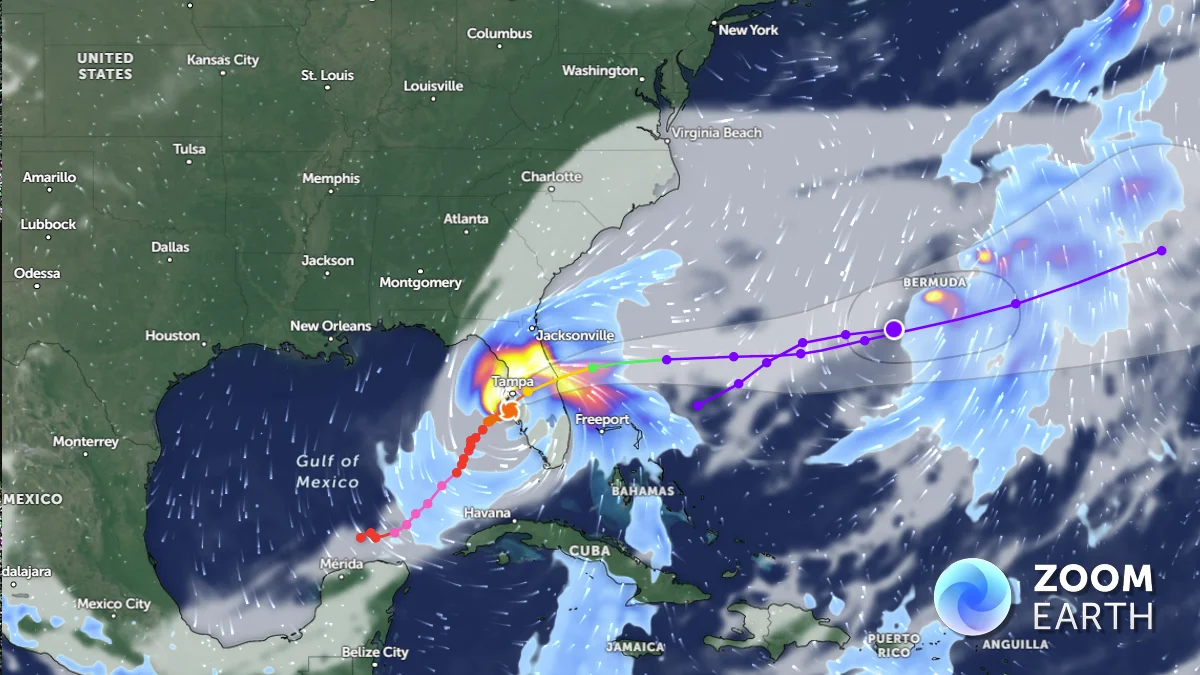(Re)in Summary
• Broker says global cyber market to be worth ‘close’ to US$40bn by 2030, down from a US$50bn estimate 12 months earlier
• The US cyber market saw its first ever decline in premium growth in 2023 as price rises eased
• Cyber insurance could expand into the underserved SME sector and Asia Pac has the second highest proportion of this business type globally.
• The launch of four 144A cyber cat bonds in Q4 2023 demonstrated the high level of investor appetite for this risk said Howden.
A pause in the growth of the US cyber insurance market has prompted brokers Howden to scale back its estimate of the future growth of the sector by 2030 from US$50bn to ‘close’ to US$40bn.
The estimate was published in Howden’s recent fourth annual cyber report which said that global cyber insurance premium growth stalled in 2023 at roughly US$13bn following a 12-year period of market expansion at a CAGR of + 30%.
The UK headquartered broker said in contrast global premium growth in 2023 topped out at a maximum of 5%, and that several major players in the sector missed revenue and underwriting targets.
Howden said there was a marginally reduced premium flow into the US market – the largest geography globally – with domestic admitted and surplus lines down 3% year-on-year in 2023, the first decline on record.
“Improved cyber hygiene and a more stable underwriting environment puts the cyber market in a strong position to restore the trajectory of growth after the premium base stabilised in 2023.
Now that pricing tailwinds are reversing the market needs to refocus on innovation to grow its exposure base and achieve the growth trajectories outlined by Howden and other companies.
This projection is down on our US$50bn estimate made last year due in large part to flat growth in the United States,” Howden said in its latest cyber report.
Howden said that in the current market environment future growth would be unlikely to be driven by price increases as it was during 2020-2022.
The US market is currently worth two thirds of the global total but Howden said that as this segment has become increasingly penetrated, the focus for growth is shifting to other territories with the rest of the world (the global market, minus the US) slated to account for 54% of the global total by 2030.
Howden said that Europe and the UK combined would account for 34 percent of total global cyber insurance growth out to 2030 but the next highest region is Asia Pacific (8%).
“International business is set to make up the majority of growth up to 2030, with Europe, along with the UK, Asia Pacific, Oceania and Latin America, standing out as the pre-eminent high-growth international regions,” said the 2024 cyber report.
SME opportunity
The cyber report cited research from the World Economic Forum which said that currently only one in four SMEs are protected by cyber insurance, a gap which is worsened by lower levels of resources and know-how on how to recover from a cyber breach in this market segment.
Combined data from multilateral lenders cited by Howden showed that Europe has the highest proportion of SMEs in its economy, with Asia Pac close behind, and the broker said there are opportunities for cyber insurers to expand into this part of the economy.
“More work also needs to be done in engaging with SMEs, a segment that remains largely untapped for the cyber market. SMEs are the backbone of economic activity in advanced economies and are increasingly reliant on technology for their operations.
Despite being the incubator of innovation with high growth potential, SMEs have historically been underserved by the cyber insurance market,” Howden said.
Howden also pointed to the increased role that diverse sources of capital could play in expanding the cyber insurance market. The broker pointed to a benign cyber reinsurance landscape in 2023 with softening prices and sufficient capacity to meet demand.
“Importantly, quota share cessions are now falling as insurers become more comfortable with attritional and large loss ratios, a trend which is likely to continue as cedents explore more efficient capital structures such as event-based excess-of-loss products,” the cyber report said.
Cyber cat bonds
The final quarter of 2023 saw four firms launch the first series of 144A cyber catastrophe bonds. The moves by Axis Capital, Beazley, Chubb, and Swiss Re followed the launch of the first private cyber cat bonds earlier in the same year.
Howden was bullish on the potential of the cyber cat bond market and said that in addition to the four securities nearly doubling the size of the event-based excess-of-loss market, they also indicated a high level of investor appetite for the sector.
“Room for growth is considerable; catastrophe bond issuance for property cat risk, a market that has existed for nearly 30 years, was around US$15bn in 2023 versus just US$0.4bn for cyber. Additional cyber deals have been closed in 2024.
Continued investments into modelling solutions to manage and price systemic exposures have been (and will continue to be) crucial to unlocking more capacity from capital markets,” Howden said.















